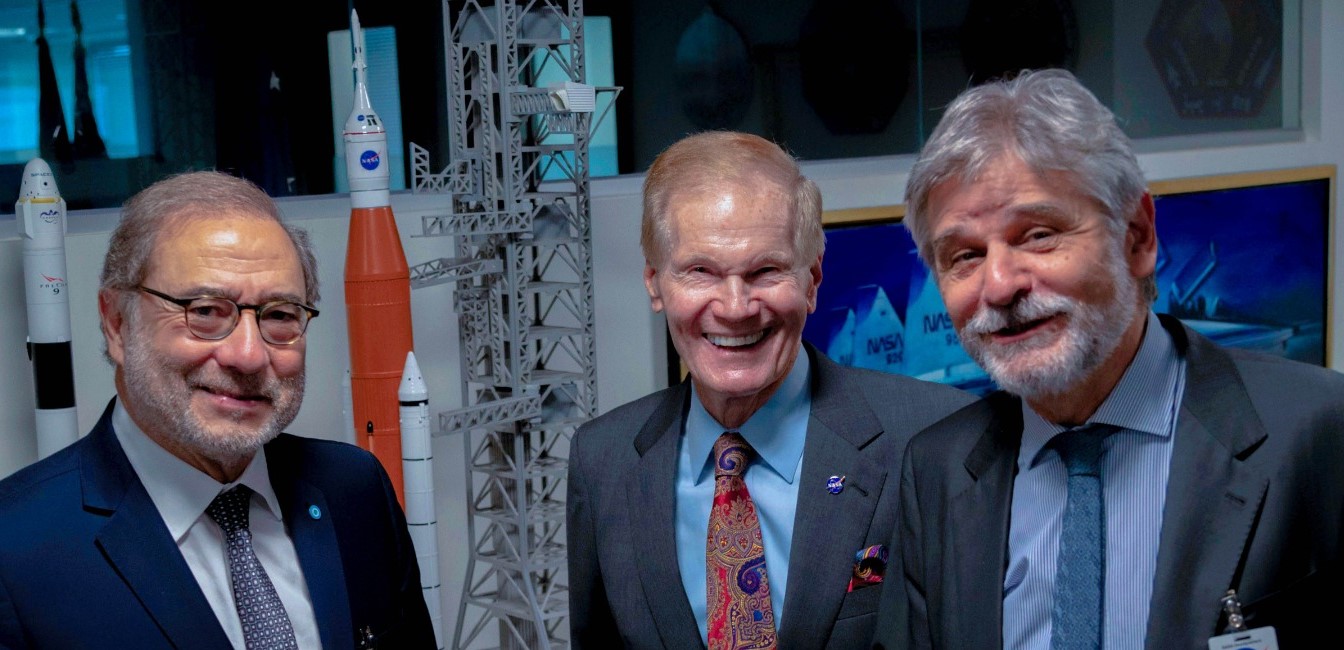Montevideo, May 26 (EFE) .- Hundreds of microorganisms hide in plain sight on each seat or rail of the subway, but what is the difference between those in Paris, Cairo, Seoul or Rio de Janeiro? With a sample of 60 cities, a scientific study gives the answer.
This is the MetaSUB project, an international consortium of scientists who, coordinating efforts, studied the various species of microbes found in everyday urban surfaces in 32 countries on six continents.
The research, the results of which were published this Wednesday in the scientific journal Cell, was carried out between 2014 and 2017 and, as detailed by the authors of the article, it constitutes the first systematic catalog of urban microbial ecosystems developed globally.
From the main conclusions of the work, it is thus drawn that each city has its own “microbial footprint”, since the various localities, according to their population and various environmental factors, have a characteristic community of microorganisms.
“If you gave me your shoe, I could tell you with 90% accuracy the city in the world where you came from,” said Christopher Mason, professor at Weill Cornell Medicine and lead author of the paper.
According to the publication, the study involved the collection of some 4,728 samples on surfaces of transport systems, hospitals and other public spaces in which 4,246 known and 11,676 unknown species of microorganisms were detected, of which 10,928 correspond to viruses and 748 bacteria.
Along these lines, according to Mason, it is likely that “every time” someone sits on the subway they will take a new species with them.
Regarding the methodology, it details that the samples were analyzed using the “shotgun metagenomics” sequencing technique, which records the presence of bacteria, archaea and viruses that use DNA as genetic material, for which viruses that use RNA such as SARS -CoV-2 were not identified.
On the potential of the findings, the article indicates that they will serve to “detect outbreaks of known and unknown infections”, as well as to study the prevalence of resistance to antibiotics.
The International Consortium MetaSUB project, short for Metagenomics and Metadesign of Urban and Subterranean Biomes, emerged in 2013, when Mason began collecting and analyzing samples from the New York subway.
After publishing his first findings, the researcher was contacted by scientists around the world who wanted to do similar studies in their own cities and developed a protocol for collecting samples.
Following a more specific work on the microbiome in wastewater, Uruguayan scientists from the Pasteur Institute (IP) of Montevideo inspired the creation of two other projects, called MetaSEW and MetaCOV.
The consortium also launched in 2020 a new study focused on investigating the prevalence of SARS-CoV-2 and other types of coronavirus in domestic cats and plans a study of surfaces at the Tokyo 2020 Olympic Games like the one it has already conducted in those of Brazil in 2016.



:quality(70)/cloudfront-us-east-1.images.arcpublishing.com/metroworldnews/5ISSDRCCLFHT7AJXXQQADKLJGU.jpg)

